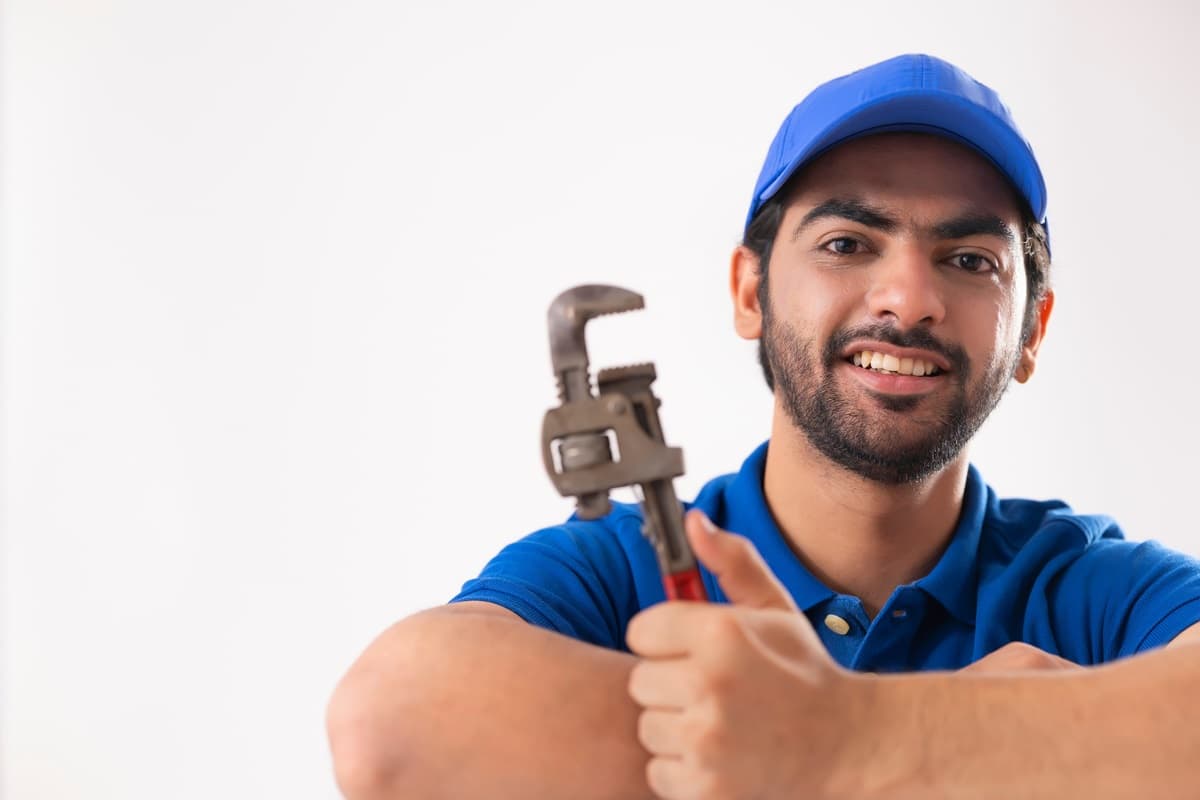Roof leaks are one of the most frustrating and costly problems homeowners face. While anyone can experience a leak, top-floor residents in buildings like HDB flats or condominiums are particularly vulnerable due to their direct exposure to the roof. Leaks in top-floor units are often more severe and complicated, as they usually involve issues with the roof itself rather than water seeping from a neighbor’s unit.
The good news is that preventing roof leaks is possible with some proactive steps and maintenance. By understanding common causes and addressing potential risks, you can protect your home from water damage and avoid costly repairs.
1. Regular Roof Inspections
The first step in preventing roof leaks is to schedule regular inspections of your roof. Having a professional roofer assess the condition of your roof at least once a year can help you spot early signs of damage, such as cracks, loose tiles, or damaged flashing.
What to Look For:
- Cracks or holes in the roofing material.
- Missing or broken tiles or shingles.
- Damaged flashing around vents or chimneys.
- Areas of wear and tear due to weathering.
Early detection allows for quick repairs before water can infiltrate and cause significant damage.
2. Maintain Gutters and Downspouts
Clogged gutters and downspouts are one of the leading causes of roof leaks. When gutters are blocked, water can pool and overflow onto your roof, leading to water penetration. Regularly cleaning your gutters ensures that water flows freely off the roof, preventing it from accumulating and causing leaks.
What to Do:
- Clean your gutters at least twice a year, especially during the rainy season.
- Remove leaves, debris, and other blockages.
- Ensure downspouts are clear and direct water away from the foundation of your building.
Pro Tip: Installing gutter guards can help reduce debris buildup and make cleaning easier.
3. Check and Seal Roof Vents and Pipes
Roof vents and pipes are common entry points for water, especially if the seals around them are compromised. Over time, the seals can wear out due to weather exposure, allowing water to seep into the roof and cause leaks.
What to Do:
- Inspect the seals around roof vents, pipes, and chimneys regularly.
- Apply roof sealant around these areas to reinforce the seal.
- Replace any cracked or damaged vent covers or pipe collars.
By ensuring that these components are tightly sealed, you can prevent water from entering your home.
4. Repair Roof Damage Immediately
Minor roof damage might seem insignificant, but if left unchecked, it can escalate into a major problem. Small cracks or holes can eventually lead to large leaks, particularly when heavy rain or storms strike.
What to Do:
- Inform your town council to inspect your roof as soon as you spot any visible signs of damage in your home.
By repairing roof damage right away, you’ll reduce the chances of significant water infiltration.

5. Check for Ice Dams (for Cold Climates)
While Singapore’s tropical climate doesn’t experience snow or ice, it’s important to mention the ice dam issue for homes in cold climates. In cold regions, melting snow can form ice dams on the roof, leading to water backing up under shingles and causing leaks.
What to Do:
- Ensure your attic is well-insulated to prevent ice from forming on the roof.
- Install ice and water shields on the roof to prevent water from backing up.
- Ensure proper ventilation in the attic to allow heat to escape and prevent ice buildup.
Pro Tip: For areas in Singapore with rooftop gardens or areas where rainwater can accumulate, ensure proper drainage to avoid moisture buildup.
6. Hire a Professional for Roof Inspections
While some basic tasks can be handled on your own, it’s always a good idea to schedule an annual professional roof inspection. A professional roofer has the expertise and equipment to thoroughly inspect the roof for hidden issues that might be difficult for an untrained eye to spot.
What to Do:
- Schedule a professional roof inspection at least once a year, preferably before the rainy season.
- Have the roofer check for signs of damage, wear, or aging shingles.
- Ask the professional to inspect flashings, vents, gutters, and roof penetrations.
A professional roof inspection can help identify issues early, saving you from expensive repairs down the road.
Final Thoughts
Roof leaks are one of the most common problems homeowners face, especially those living on the top floor of a building. By staying proactive and performing regular maintenance on your roof, you can prevent leaks before they cause significant damage. Following the tips outlined above, from regular inspections to professional roof care, will help keep your roof in good condition and protect your home from the elements.
By addressing roof leaks early, you can ensure that your home stays dry, safe, and comfortable, even during the wettest months. Whether you’re dealing with water penetration due to heavy rain or issues caused by faulty flashing or gutters, acting quickly can save you time, money, and the hassle of dealing with severe water damage.







